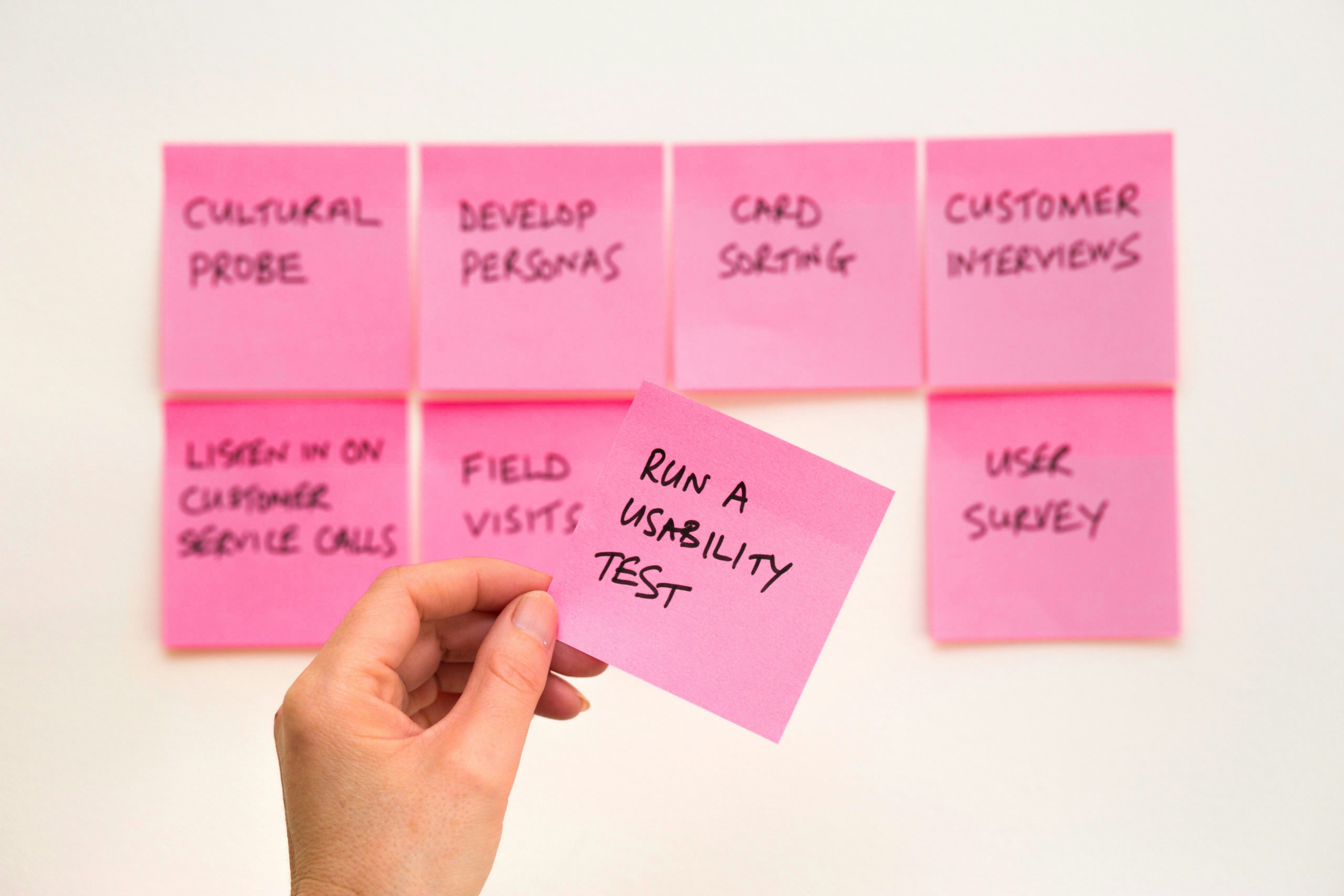
“Ease of use may be invisible, but its absence sure isn’t” - IBM.
In the new AI-driven landscape, user experience (UX) can make or break your product. There has always been a demand for quality user experiences in software, no doubt. However, the stakes are much higher for AI-driven products.
The potential of AI is massive, but so are the challenges, especially when it comes to guiding users who might feel lost in the endless possibilities that the new landscape offers.
So, how can AI UX balance guidance with user freedom? What strategies ensure products remain user-friendly amid increasing complexity?
Let’s find out.
The unique challenge of AI UX
Traditional software operates on a predictable input-output model. Users interact with straightforward interfaces, such as forms or dropdown menus, where the expected outcomes are clear. However, AI, particularly in open-ended systems like ChatGPT, introduces a new level of complexity. The wide range of possibilities can be both empowering and overwhelming.
Two loose classifications of AI products are emerging: closed-ended and open-ended. Closed-ended AI products are designed to handle well-structured, specific tasks, resulting in a more predictable user experience. The user doesn’t necessarily feel like they’re interacting with AI directly, even though AI is driving the experience. For example, a finance app might use AI to automatically categorise expenses. The user sees the results but doesn’t necessarily realise that AI is at work.
On the other hand, open-ended AI products, like ChatGPT present a different challenge. Here, the possibilities are vast, and the user’s input can lead in any number of directions. This flexibility is powerful but also potentially overwhelming. That’s why, in these cases, the UX design needs to be more intuitive and supportive, helping users get started and guiding them through the experience.
What this looks like in action
Imagine this: you sit down with ChatGPT, knowing you can ask it anything. But instead of feeling empowered, you’re suddenly paralysed by the sheer number of options. You could ask it to write a poem, summarise a report, or even plan your week. But where do you start? This is where AI UX comes into play - it’s about helping users navigate these endless possibilities without feeling lost.
Effective AI UX design hinges on providing just the right amount of guidance. Too little, and users are overwhelmed; too much, and the flexibility of AI is diminished. That’s why it’s so important for developers and AI founders to strike this balance.
Take, for instance, Apple Intelligence’s editor assistant features. When text is highlighted, an AI editor interface appears, offering predefined options like “Proofread,” “Rewrite,” or “Change Tone.” These options serve multiple purposes - not only can they save time for the user, but also guide them, by giving examples of what actions they can take and what they could do next. It’s a nudge in the right direction without taking away the user’s control.
This kind of guidance is essential, especially in open-ended AI systems. Think of the problem as being like giving someone a blank canvas to paint on. Without any direction, they might just stare at it, unsure where to begin. But if you offer them a few starter strokes or a palette of colours, they’re more likely to dive in and create something amazing. That’s the role of UX in AI - providing those starter strokes.
Avoiding the ChatGPT trap
We’ve seen it happen many times in the last two years - startups rush to create another ChatGPT-style product, thinking they’re tapping into the next big thing. But here’s the problem: unless your AI product has a clear target and purpose, it risks becoming just another generic tool. If your product is just a ChatGPT clone, you’ve probably missed the mark on what makes AI powerful.
Your AI product should solve a specific problem or cater to a particular user need. It shouldn’t just be a general-purpose tool. This is where UX again plays a vital role. Your interface should be designed in a way that reflects the specific tasks for which your AI is best suited. Without a clear value proposition and targeted functionality, users will likely bypass the tool altogether.
Handling the “Magic Black Box”
AI systems don’t always deliver expected results; they can produce both surprising brilliance and (in some cases) nonsensical outputs. This unpredictability is the “magic black box” of AI - you know something is happening inside, but you’re not entirely sure what.
As a UX designer or product owner, it’s crucial to manage this unpredictability. Users need to feel in control, even when dealing with something as complex as AI. This might mean providing options to “retry” or “tweak” the output, so users don’t feel stuck with whatever the AI spits out.
It’s also important to set clear expectations. If there’s a chance the AI might get something wrong, let users know. With the rise of AI, there's a growing responsibility to ensure users are aware of its limitations and potential biases.
AI is not infallible; it can generate biassed or incorrect content. As a product designer or founder, it's crucial to make users aware of these potential pitfalls. Transparency builds trust, and trust is essential for a positive user experience.
The future of UX in AI
As AI continues to advance, the role of UX designers will evolve. There will be a need for more creativity, more experimentation, and a willingness to break away from traditional UX patterns. The current prompt-response model that many AI products use is just the beginning. The future will likely see more innovative ways to interact with AI - ways that feel more natural, intuitive, and transparent.
This is an exciting time for UX designers. The rules are still being written, and there’s plenty of room to explore and push boundaries. The key is to stay focused on the user’s needs, guiding them without overwhelming them, and always keeping transparency and trust at the forefront.
Final thoughts
Designing UX for AI products is not just about making things look good or function well. It’s about guiding users through a complex terrain without making them feel lost or overwhelmed. It’s about balancing the power of AI with the user’s need for control and understanding. And most importantly, it’s about creating a seamless, intuitive experience that makes the magic of AI accessible to everyone.
In the end, successful AI UX isn’t just about what your product can do. It’s about what your users can do with your product. Keep them on track, and they’ll keep coming back.
Need help bringing your tech ideas to life? Wherever you are on your startup journey, get in touch and let’s unpack your thinking together to see where we can help turn your idea into a reality.








